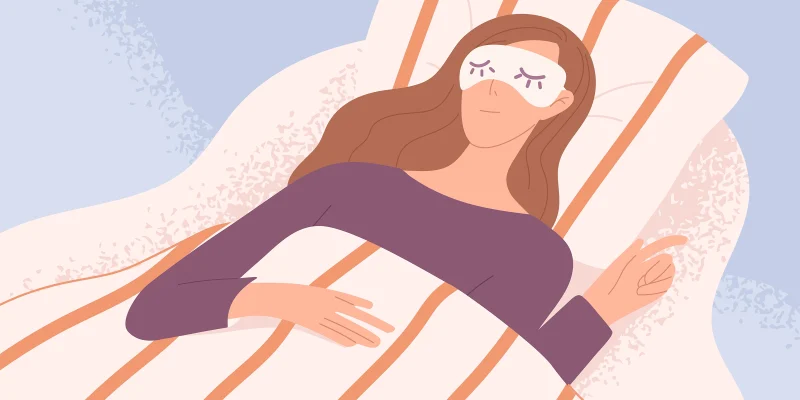Domestic violence. Physical abuse. Emotional abuse. Financial control. Interpersonal violence.
No one likes to talk about it. Many people experiencing it do not even recognize it until the situation becomes life-threatening. Those who do often stay silent out of shame or stigma, making excuses for their partner’s behavior or even blaming themselves. Yet when we think of urgent public health concerns, domestic violence rarely comes to mind. Instead, we focus on issues like the opioid epidemic, HIV, or obesity. Too often, domestic violence is dismissed as a private matter or legal issue, when in fact it is just as widespread, deadly, and preventable as any of those threats.
Like other public health crises, domestic violence affects large numbers of people, drives up health care costs, increases the risk of injury and death, and escalates quickly if left unaddressed. Statistics show that one in four women and one in nine men will experience domestic violence in their lifetime. A 2019 review in the New England Journal of Medicine underscored these realities, emphasizing the wide-ranging consequences of intimate partner violence across health systems and communities. More recently, Stöckl and Sorenson, writing in the Annual Review of Public Health, highlighted evidence that prevention, early intervention, and policy change can significantly reduce both the incidence and harms of domestic violence.
Despite this, domestic violence remains more hidden than many other health crises. It cuts across every demographic, including education, income, race, age, and gender. Everyone likely knows someone affected, even if they do not realize it. And unlike other health concerns, domestic violence too often remains hidden in silence.
As a pharmacist and public health program manager, domestic violence was never on my radar until last fall, when I started managing an outreach program that supported domestic violence shelter workers. This program brought telehealth, mental health, and substance use disorder services to clients at local domestic violence shelters across our state.
Throughout my 18-plus-year career as a pharmacist, I have always considered myself resource-savvy. Yet, I had no idea that specialized domestic violence shelters were available in our communities. I could easily tell you where to go for substance use treatment, where to find affordable health care services, or how to apply for medication assistance programs to help pay for prescriptions, but if someone had come into my pharmacy and told me they needed help with abuse, I wouldn't have had a clue how to help them effectively.
Over the past year, as I worked with shelters throughout my state, I realized that one of the simplest and most needed ways I could help was to bridge the gap between clinicians and domestic violence shelters. By launching an outreach program throughout our state, I helped to bring awareness to the signs of domestic violence, the importance of screening for domestic violence, and specific resources in different areas of the state.
As I began planning to exhibit at professional conferences for doctors, nurse practitioners, pharmacists, and other clinicians, I wasn’t sure how interested they would be or how well our materials would be received among the many other important topics competing for attention. But I ended up having engaging conversations at each conference I attended. Many times, prescribers told me they wished they had known about these resources when a patient confided in them, or that they planned to share the brochures with a specific patient at their clinic. I was very surprised when a local pharmacy owner shared a story about a patient who talked with him about her situation at home, and how grateful he was that we attended the conference and shared this critical information.
One of the most practical and popular tools our team developed was a Domestic Violence Resource Guide designed with front-line clinicians in mind. Clinicians at every conference were excited to take it home and put it into practice. We made it small enough to slip into a white coat pocket and printed it on water- and tear-resistant material for daily durability. Inside, we included a color-coded state map showing which shelters served each county, along with the contact information for every shelter, and added both state and national hotline numbers. The guide included several practical screening tools for domestic violence, including the HITS screener (Hurt, Insult, Threaten, Scream). This simple tool asks patients if their partner has ever hit, insulted, threatened, or screamed at them. Because substance use and domestic violence so often intersect, we also incorporated screeners such as DAST-10 and AUDIT to help clinicians recognize overlapping risks. To make it even more useful in the moment, we added a checklist of red flags for abuse and practical tips for talking with and supporting patients.
As primary care clinicians and pharmacists, we owe it to our patients to recognize the signs of domestic violence, to raise the topic in a nonjudgmental and caring way, and to know the screening tools and local resources available. By making universal screening part of our daily workflow, we can profoundly impact the lives of those experiencing abuse. Just as we routinely ask about smoking, alcohol, or drug use, asking a simple question like “Do you feel safe at home?” can be life changing. Patients may not disclose the first time, but consistent, compassionate screening creates opportunities to intervene and save lives. The benefits extend beyond the individual patient, improving the safety and well-being of entire families.
Just as every clinician knows where to refer patients with cancer or uncontrolled chronic conditions, we should all know at least one national hotline and one local shelter resource. “I don’t know” is not an acceptable reason for failing to help.
October is National Domestic Violence Awareness Month. If you or someone close to you has experienced domestic violence, please call the National Domestic Violence Hotline at 1-800-799-SAFE or text START to 88788.
Dr. April Miller is a public health pharmacist and program manager in Jackson, MS. She is passionate about educating health care professionals on substance use prevention and domestic violence awareness. In her free time, she enjoys cheering on the Ole Miss Rebels with her son and attending high school band events to support her daughter. She is a 2025-2026 Doximity Op-Med Fellow.
Illustration by April Brust







